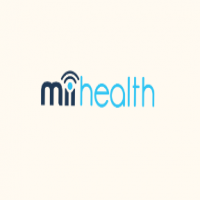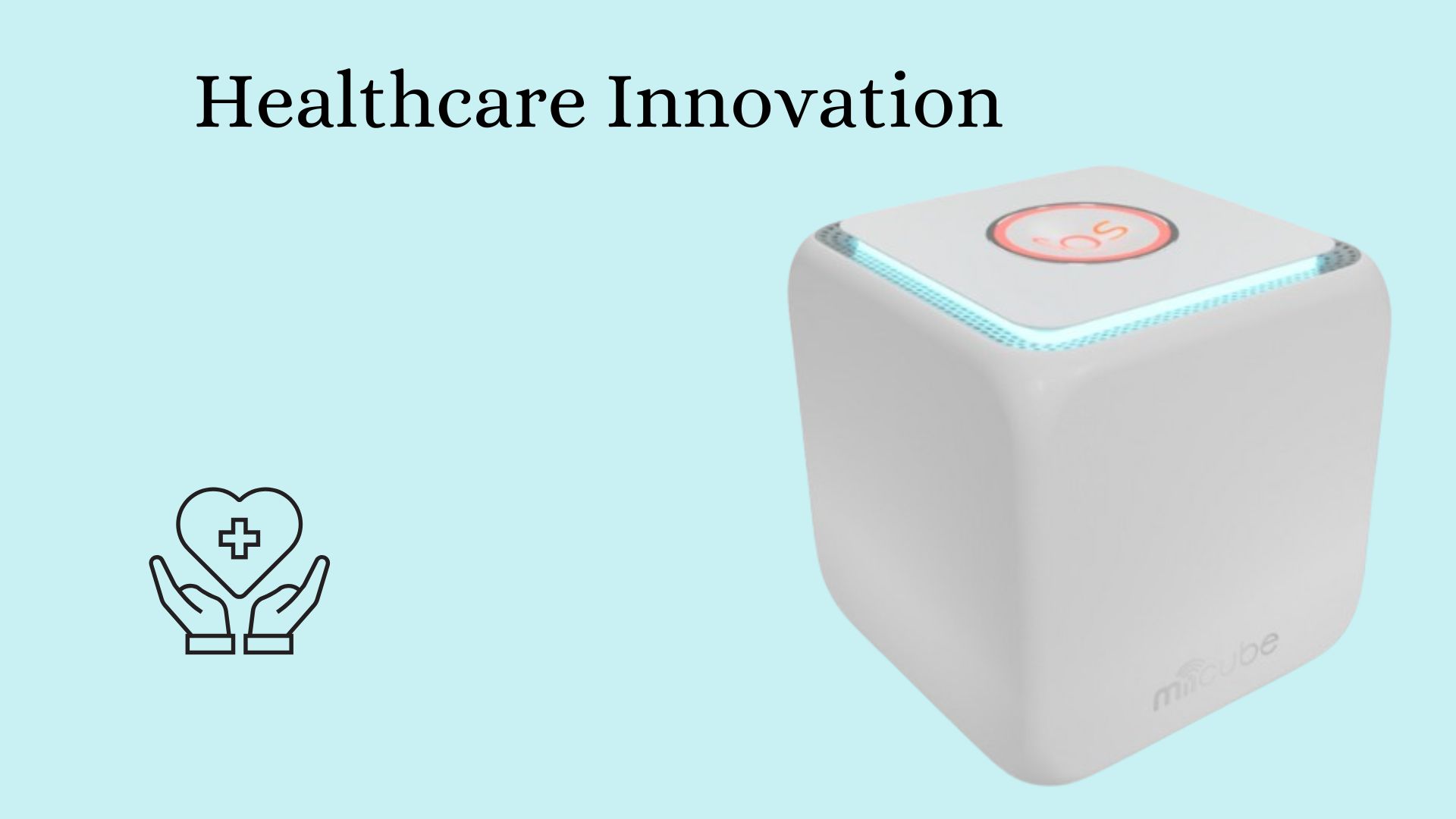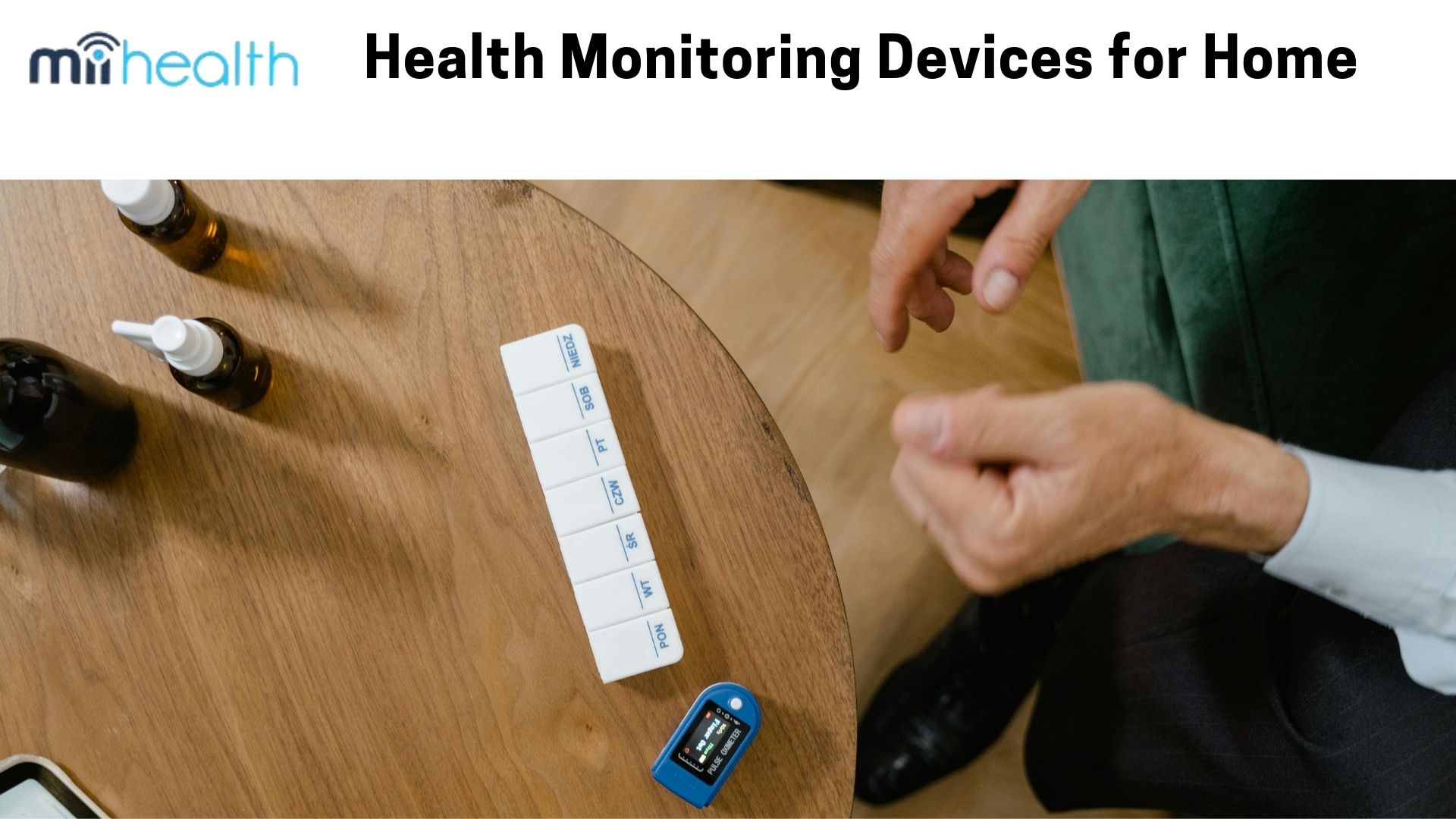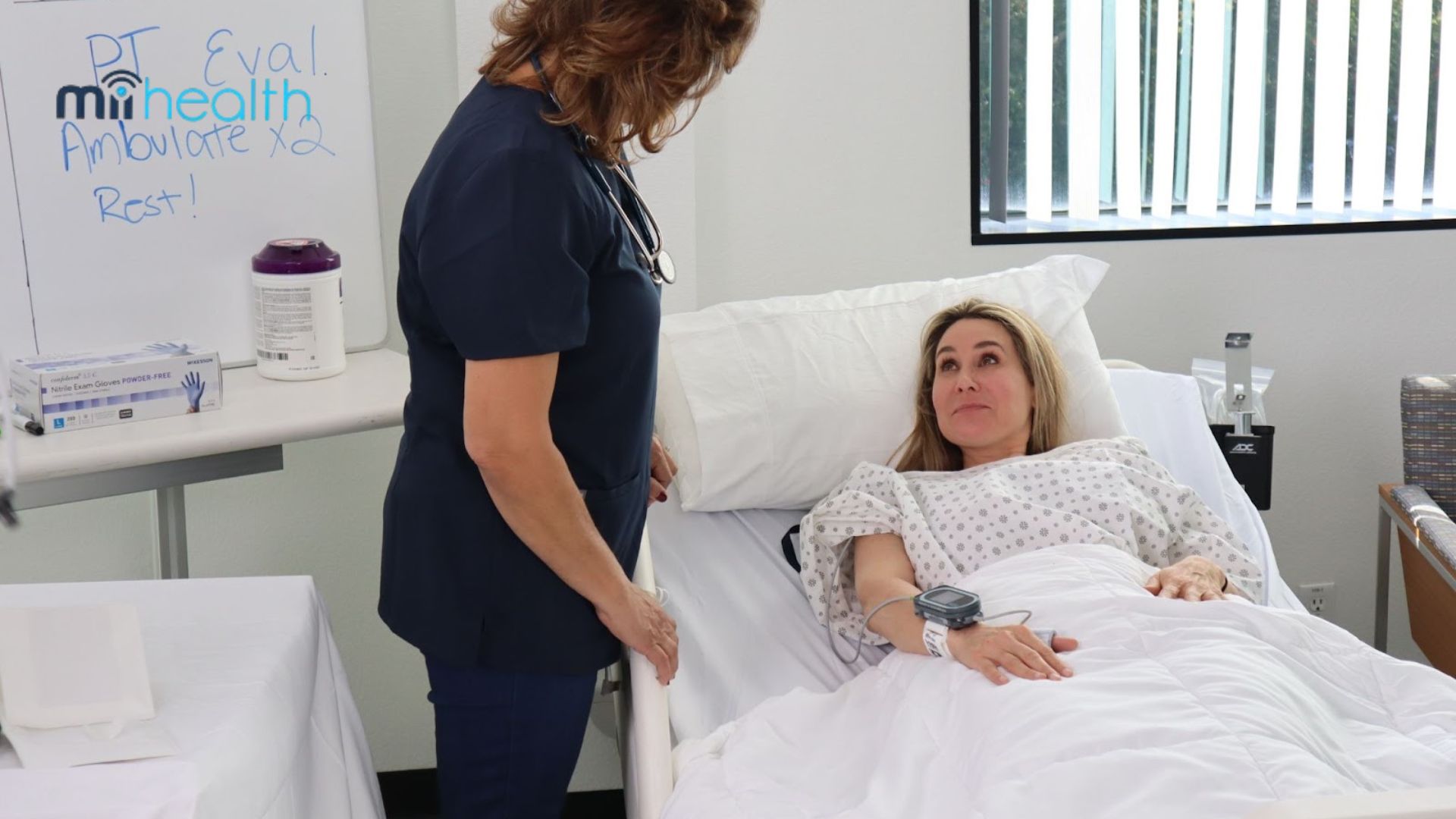How Discharge to Assess Supports Seamless Patient Flow with MiiHealth

Effective patient flow management is critical for improving healthcare efficiency and patient outcomes. Discharge to Assess (D2A) has emerged as a model designed to address these challenges, supported by technologies like MiiHealth to ensure seamless transitions from hospital to home. This article explores the significance of D2A and how MiiHealth enhances the process.
Understanding the Need for Seamless Patient Flow in Healthcare
In today’s healthcare systems, managing patient flow is essential for optimizing resources, reducing delays, and improving outcomes. Effective patient transitions, especially at discharge, reduce hospital congestion, prevent complications, and lower readmission rates.
Introduction to Discharge to Assess (D2A) and Its Role in Modern Healthcare
D2A allows patients to leave the hospital earlier, with assessments performed at home or in a lower-acuity setting, ensuring continuous care. This model reduces unnecessary hospital stays, while maintaining quality and safety, essential in today’s resource-constrained healthcare environment.
The Role of MiiHealth in Transforming Patient Flow Management
MiiHealth’s innovative technology plays a pivotal role in optimizing the D2A model by providing real-time monitoring and data analytics, ensuring smooth transitions and informed decision-making. This technology enables better coordination between hospitals, patients, and community care providers.
What Is Discharge to Assess?
Defining Discharge to Assess
D2A involves discharging patients from the hospital with follow-up assessments conducted in a home or outpatient setting, ensuring care continuity without needing prolonged hospital stays.
Key Principles of the D2A Model
The model is based on early discharge, ongoing assessments at home, and leveraging technology for continuous monitoring, minimizing the risk of complications while maintaining patient safety.
The Evolution of D2A in Healthcare Systems
D2A has evolved as a response to hospital overcrowding, reducing unnecessary hospital stays while still ensuring patients receive the necessary follow-up care. Hospitals increasingly adopt this model for its efficiency and ability to enhance patient recovery.
Why Hospitals Are Adopting the D2A Model
Hospitals benefit from D2A through reduced hospital congestion, faster patient recovery, and the ability to focus on more critical cases. Patients enjoy quicker recovery times and more personalized care in a familiar setting.
Benefits for Patients
Faster recovery: Patients experience a more comfortable recovery process in their own homes.
Personalized care: D2A allows for more focused, individualized care based on patient needs.
Advantages for Healthcare Providers
Efficient resource use: By freeing up hospital beds, healthcare providers can serve more patients.
Reduced readmissions: The model helps in early detection of complications and reduces readmission rates.
Challenges in Traditional Patient Discharge Processes
Traditional discharge processes are often marred by inefficiencies such as delays in assessments and bottlenecks in bed management, leading to prolonged stays and unnecessary healthcare costs. These delays negatively impact patient outcomes and experience, making the shift to D2A vital.
The Benefits of Discharge to Assess
Accelerating Patient Recovery Through Home Assessments
With D2A, patients benefit from assessments at home, accelerating recovery and preventing hospital-acquired complications.
Reducing Hospital Overcrowding with Streamlined Discharges
Hospitals can reduce overcrowding by discharging patients sooner and ensuring they receive necessary follow-up care at home.
Cost Savings for Healthcare Systems
D2A lowers healthcare costs by reducing unnecessary hospital stays and readmissions while improving overall care efficiency.
How MiiHealth Enhances the D2A Process
What Is MiiHealth?
MiiHealth is an AI-powered platform that supports healthcare providers in managing patient care transitions. It uses real-time data to ensure timely interventions, reducing readmissions and enhancing patient outcomes.
Key Technologies Powering MiiHealth
MiiHealth uses AI-driven insights, predictive analytics, and seamless integration with healthcare systems to enhance decision-making and improve care delivery.
Seamless Patient Transition Using MiiHealth's Tools
MiiHealth ensures seamless transitions by sharing real-time data between hospital and community care teams, facilitating coordinated care and improving overall patient outcomes.
Enhanced Decision-Making Through Predictive Analytics
MiiHealth’s predictive analytics enable healthcare providers to anticipate potential complications, ensuring patients receive the appropriate care before issues arise.
Implementing Discharge to Assess with MiiHealth
Step-by-Step Guide to Adopting D2A with MiiHealth
Initial Assessment and Planning: Evaluate current discharge processes and integrate D2A into hospital workflows.
Workflow Integration and Staff Training: Ensure staff are trained to use MiiHealth’s tools effectively to monitor patients post-discharge.
Overcoming Barriers to Implementation: Address resistance to change and ensure alignment among all stakeholders for a smooth transition.
Success Stories and Real-World Applications
Hospitals that have adopted the D2A model with MiiHealth have experienced decreased discharge times, improved patient satisfaction, and more efficient resource utilization. Real-world examples demonstrate how the model improves patient flow and enhances recovery times.
Frequently Asked Questions
What is the average time saved by implementing D2A with MiiHealth?
MiiHealth reduces discharge times by streamlining assessments and improving coordination.
How does MiiHealth ensure patient safety during the discharge process?
Through continuous monitoring and predictive analytics, MiiHealth ensures early detection of potential issues.
What type of healthcare settings can benefit most from D2A?
D2A is beneficial for hospitals, outpatient centers, and home health providers.
Is MiiHealth compliant with healthcare regulations and data privacy standards?
Yes, MiiHealth complies with HIPAA and other healthcare regulations to ensure patient data privacy.
How can smaller facilities implement MiiHealth's solutions on a limited budget?
MiiHealth offers scalable solutions that can be tailored to the needs of smaller healthcare providers.
Conclusion
The Future of Patient Flow Management with Discharge to Assess
As patient flow becomes a top priority in healthcare, D2A, supported by technologies like MiiHealth, will continue to be a game-changer in patient care, improving efficiency and outcomes.
Why MiiHealth is a Game-Changer for Modern Healthcare
MiiHealth’s ability to enhance D2A processes ensures smarter, faster, and safer patient transitions, driving healthcare innovation and improving patient satisfaction.
Encouraging Healthcare Providers to Embrace Innovation for Better Patient Care
By adopting innovative solutions like MiiHealth, healthcare providers can optimize patient flow, reduce costs, and ultimately deliver better care to their patients.
Note: IndiBlogHub features both user-submitted and editorial content. We do not verify third-party contributions. Read our Disclaimer and Privacy Policyfor details.







